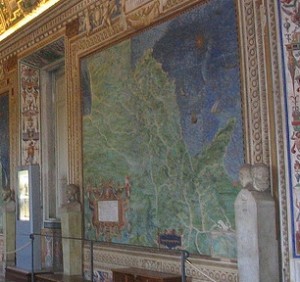Archive for November, 2013
News Items
- Made some major changes to the blog style today! I hacked at it all day today and got it to a decent state now. I’m not typically a “re-arrange the furniture constantly” type of person but am apparently keen on changing blog themes and customizations on a regular basis.
- Alan McConchie moderates weekly or bi-weekly twitter chats on a single topic, on Tuesdays from 1:00 to 2:00 MT. Today’s topic was, “Are we entering an age of democratized maps? Or are we not? What would that mean?” Follow the hashtag #geowebchat Nov. 19 for the next chat.
- GIS Lounge is conducting a survey to discover the best geo news outlets of 2013. Favorite tweeter, favorite news site, favorite event, etc. Go put in your votes!
- Here’s a great summary of changes made to the National Geographic atlases over the years. The interactive sliders are sweet! I remember creating the code for my first interactive slider back somewhere around 2005. I was comparing historic estuarine areas in the Pacific Northwest with current estuarine areas (hint: a lot less now). Memories. Nat Geo Maps Show Big Changes Since First Atlas.
Imagining Disclaimers of Yore
******Note: From time to time old posts are resurfaced on this blog. This one is from Jan 5, 2011. A relative recently saw these maps in person but unfortunately said it was too dark in the hall to take good pictures.******
I’ve been doing a little thinking about map disclaimers lately. This led me to the creative exercise of trying to imagine what the disclaimers on historic maps, if there had been disclaimers, would have said. Perhaps something like, “Beware the dragons in the western seas, the producers of this map are not responsible in the event of your death by a dragon or any other related water beast.”
In the Gallery of Maps in Vatican City, Rome, there are 40 huge maps on the walls created by the 16th century cartographer Ignazio Danti*. If the commissioner of the maps, Pope Gregory XIII, had required Danti to include map disclaimers I imagine they might have said something like this:
Pope Gregory XIII provides these data as is. The Vatican Palace, Rome, is not responsible for any adverse outcomes associated with using these maps for the administration of the state, merchandise freight calculations, voyaging or other such uses. The locations of episcopal and archiepiscopal seats, cypress trees, castles, and battlements are not at a survey scale and are not complete.
*These maps are extremely accurate given the limitations of the instruments at the time and the sheer scope of the project. At that time, the tools used to determine geographic location were: compasses, Astrolabes, and gnomons (the part of a sundial that sticks up and creates a shadow).





Recent Comments